Mitsubishi Outlander
Here you will find monthly and yearly Canadian, European, Chinese and U.S. sales figures for the Mitsubishi Outlander. The Mitsubishi Outlander is a mid-size crossover SUV from Mitsubishi Motors. It has been a part of the brand’s lineup since the early 2000s and is known for its versatility, affordability, and over time, its incorporation of plug-in hybrid technology.
Mitsubishi Outlander Overview
The Mitsubishi Outlander was introduced in 2001 as a replacement for the Mitsubishi Challenger (also known as the Montero Sport or Shogun Sport in some markets). In Japan, it was initially called the Mitsubishi Airtrek.
- First Generation (2001-2008): Originally known as the Airtrek in Japan, it was conceived to combine the comfort of an SUV with the performance of a sports car. The name was later changed to Outlander for international markets. Engine options were primarily gasoline-powered, with a choice of inline-four or V6 configurations.
- Second Generation (2006-2013): The second-generation Outlander featured a more aggressive design, increased size, and updated technology. This generation was also when Mitsubishi introduced a diesel engine option for certain markets.
- Third Generation (2013-2022): This version featured a more refined interior, updated infotainment systems, and a broader range of safety features. A significant highlight was the introduction of the Mitsubishi Outlander PHEV (Plug-In Hybrid Electric Vehicle), which became one of the best-selling plug-in hybrids in the world, particularly in Europe.
- Fourth Generation (2022-onwards): As of my last update in September 2021, the fourth generation had been unveiled, with Mitsubishi collaborating with the Renault-Nissan Alliance. This iteration represents a significant update in terms of design, technology, and platform sharing.
The Outlander has generally been well-received as a value proposition in the mid-size SUV segment. The PHEV variant, in particular, has garnered attention for its eco-friendly performance and practicality. One of the significant milestones for the Outlander was the introduction of the Plug-In Hybrid version. The Outlander PHEV combines a gasoline engine with electric motors to offer improved fuel efficiency and the ability to drive on electric power alone. The success of the Outlander PHEV has helped boost the model’s reputation and sales, especially in regions with incentives for electrified vehicles.
The Mitsubishi Outlander has been sold in many markets worldwide, including North America, Europe, Asia, and Australia. Its global appeal lies in its combination of space, versatility, and affordability. The Outlander is not as well-known as some of its rivals, such as the Toyota RAV4 and the Honda CR-V. However, it is a good option for people who are looking for a stylish and affordable SUV.
Mitsubishi Outlander Sales Figures
Mitsubishi Outlander U.S Sales Data & Charts
US Monthly Sales
US Annual Sales
| Year | Sales Units |
|---|---|
| 2005 | 11,848 |
| 2006 | 11,493 |
| 2007 | 23,285 |
| 2008 | 13,471 |
| 2009 | 10,283 |
| 2010 | 12,500 |
| 2011 | 9,788 |
| 2012 | 8,491 |
| 2013 | 12,287 |
| 2014 | 13,068 |
| 2015 | 19,055 |
| 2016 | 27,576 |
| 2017 | 35,409 |
| 2018 | 37,952 |
| 2019 | 37,965 |
| 2020 | 27,133 |
| 2021 | 33,883 |
| 2022 | 40,940 |
| 2023 | 42,503 |
| 2024 | 13,847 |
US Annual Growth
Mitsubishi Outlander Canada Sales Data & Charts
Canada Annual Sales
| Year | Sales Units |
|---|---|
| 2012 | 5,267 |
| 2013 | 5,262 |
| 2014 | 5,330 |
| 2015 | 6,108 |
| 2016 | 6,214 |
| 2017 | 7,420 |
| 2018 | 11,038 |
| 2019 | 10,701 |
| 2020 | 7,444 |
| 2021 | 9,508 |
Canada Annual Growth
Mitsubishi Outlander Europe Sales Data & Charts
Related models: the Citro"en C-Crosser and Peugeot 4007 were rebadged versions of the previous generation Mitsubishi Outlander, which was sold from 2007 until 2012. All three were produced in Japan at first, but production of the Mitsubishi for the European market was moved to its NedCar factory in The Netherlands. This is the same factory that has produced the new generation Mini hatchback since 2014. Production of the C-Crosser and 4007 were planned to be moved to NedCar as well, but remained in Japan due to disappointing sales.
The third generation Outlander was introduced in 2013, and it was the first SUV to offer an optional Plug-in Hybrid version, of which deliveries started in November 2013, specifically for the Dutch market, as the government incentives on these vehicles was the highest in Europe and would be discontinued for vehicles registered in 2014. As a result, over 8.000 units of the Outlander PHEV were registered in The Netherlands in the last two months of 2013, making it the country’s best selling car by far in December, by itself outselling every other brand (not just every other model).
The rest of Europe received the next shipments of Outlander PHEV starting March 2014, and several countries still offer incentives on Plug-in Hybrid vehicles, and as a result the PHEV has taken up almost two thirds of all Outlanders registered in Europe in 2014.
Europe Annual Sales
| Year | Sales Units |
|---|---|
| 2003 | 8,001 |
| 2004 | 11,468 |
| 2005 | 9,575 |
| 2006 | 7,921 |
| 2007 | 34,026 |
| 2008 | 28,941 |
| 2009 | 19,242 |
| 2010 | 21,740 |
| 2011 | 17,783 |
| 2012 | 14,711 |
| 2013 | 25,960 |
| 2014 | 33,744 |
| 2015 | 46,581 |
| 2016 | 40,578 |
| 2017 | 36,281 |
| 2018 | 39,242 |
| 2019 | 47,381 |
| 2020 | 33,729 |
| 2021 | 13,897 |
| 2022 | 283 |
Europe Annual Growth
Mitsubishi Outlander China Sales Data & Charts
Chinese production of the Outlander started in September 2016, after an almost 9-year absence for the nameplate. During that period, various generations of the Outlander had been imported into China, but high import duties lead to uncompetitive prices, so Mitsubishi decided to restart local production in order to stop the loss of market share for the brand. Production of the Outlander takes place at the GAC Mitsubishi Motors factory in Changsha, Hunan province. A previous version of the Outlander was produced in China from 2004 to 2007.
Despite China’s policy favoring EVs and PHEVs, the Outlander will only be available with four-cylinder petrol engines and CVT transmissions: a 122hp/200NM 2-liter powering the front wheels and a 140hp/235NM 2.4-liter with 4WD. The latter will also be available with optional 7-seater capacity. The dimensions are naturally the same as elsewhere in the world: 4.705/1.810/1.680 mm and a wheelbase of 2.670 mm. Prices start at 159.800 yuan (EUR21.650,- / US$ 23,750) for the 2-liter FWD 5-seater and 196.800 (EUR26.650,- / US$ 29,250) for the 2.4-liter AWD 7-seater.
China Annual Sales
| Year | Sales Units |
|---|---|
| 2004 | 14,918 |
| 2005 | 8,800 |
| 2006 | 34,882 |
| 2007 | 5,146 |
| 2016 | 16,655 |
| 2017 | 84,708 |
| 2018 | 105,621 |
| 2019 | 84,960 |
| 2020 | 57,096 |
| 2021 | 55,856 |
| 2022 | 32,044 |


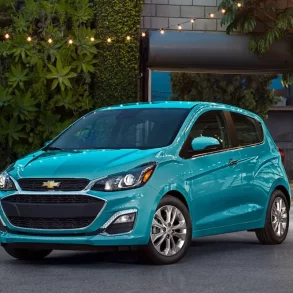
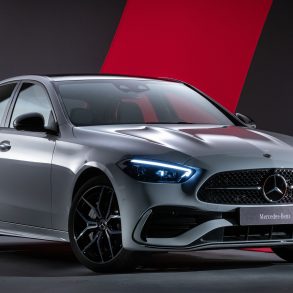
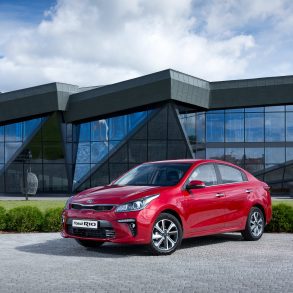
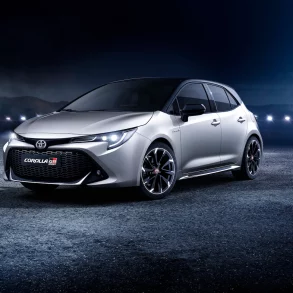
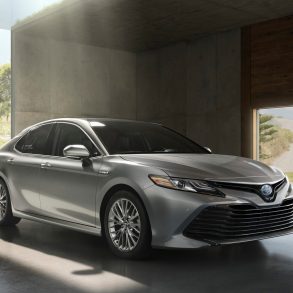
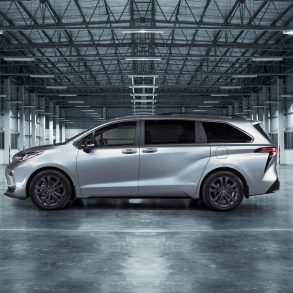
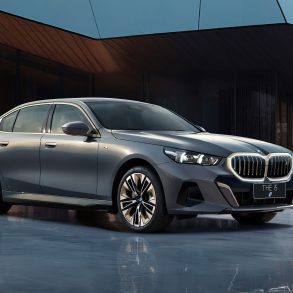

Let’s see if 2017 can outsold 2003!